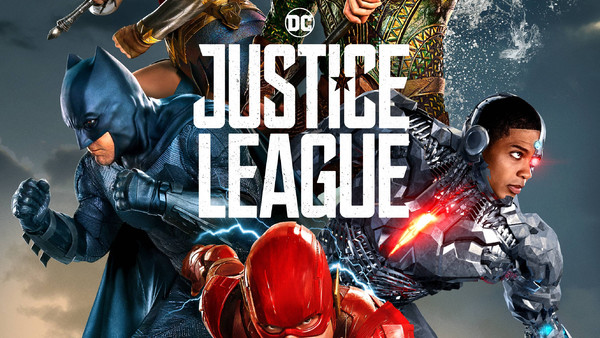Justice League: What Does The Ending Really Mean?
Get ready for the Injustice League.

Ever since Man of Steel in 2013, Warner Bros' DC Extended Universe, constructed under the watchful eye of Zack Snyder, has been building towards the Justice League. Attempting to propel the stagnating franchise forward, despite taking a beating from the critics the sequel has succeeded in ushering in an entirely new chapter in the lives of Batman, Superman, Wonder Woman and the new additions to DC's superhero roster.
Being the culmination of four movies' worth of story and establishing the framework for the future of the DCEU, although it didn't feature the overt world building of Batman v Superman, there's still a lot of narrative goodness to chew on coming out of Justice League. Having a knock-on effect for pretty much every other movie Warner Bros. has in the pipeline, the climax of the long-anticipated superhero team up is a genuine game changer.
Because, along with the intriguing post-credit sequences, the film's finale not only wraps up Steppenwolf's endgame but offers a new beginning to rise from the ashes of the troubled franchise. The DCEU still has some fight left in it, and it's only fair to dig into just what Justice League's ending accomplished and what it means for the future of Warner Bros.' shared superhero universe.
Naturally, there'll be spoilers galore to follow.